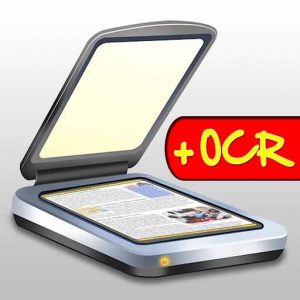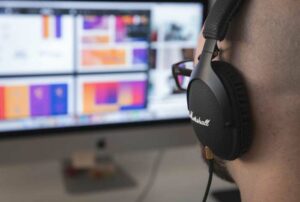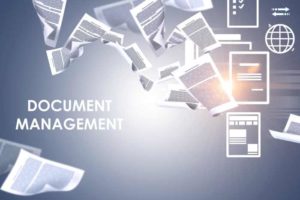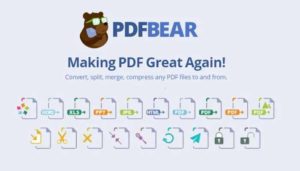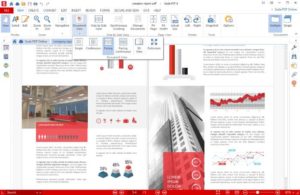A Comprehensive Manual of Document Verification Services
Due to the fastest internet, mobile phones, and a pandemic, businesses are shifting to digital onboarding. Financial organizations and institutions quickly verify document originality by comparing a user’s given data with recent information.
The authentication can be confirmed by executing a back-end system to interpret identities to split utility data and credit. 47% of US users report financial identity robbery and document theft-related casualties were $502.5 Billion in 2019, which increased to $712.4 Billion in 2021.
Document Verification Process

Firms use online document verification to confirm a document’s legality. Documents that are lawfully issued are often the most reliable and trustworthy. These documents include official driver’s licenses, bank account statements, or government papers. Badges, watermarks, and carrying elements are verified as process parts. Further, a comparison can be made between the recognizable information imported from the document machine-readable zone and the ID source data.
With digital onboarding, applicants for document verification no longer need to be physically present to validate their documents or face-to-picture ID verification. With the help of mobile image capture software, the applicant quickly uploads a selfie and a photo of their government ID.
Document Verification’s Value
Document verification service verifies the ID document’s authenticity as part of the customer onboarding process. It also helps enterprises safely and quickly confirm new clients.
Identity theft, cybersecurity breaches, and fraud always threaten institutes and organizations. Document checking is crucial to decreasing such hazards. Before accessing the account, a person will be requested to provide identification. Prior data is contrasted with the current material. The process ends if the data and the documents don’t correspond. In a nutshell, document check strives to stop all hazards.
What is Document Verification?
Document checking verifies a client’s identity by executing multiple validity checks on the ID copies provided by the customer. From 2017 to 2027, worldwide expenditures in document verification are forecasted to rise by more than 13$ Billion, from 4.93 Billion to 18 Billion in 2027. Furthermore, checking helps financial firms investigate and mitigate the scamming activities risks and identity theft. It also notices little fabrications or differences in one ID picture.
Consumers can now authenticate their papers by sharing checkable pictures. Most verifiable and approved forms are those administered by the government, such as bank statements and other national or state documents. Hence, it explores the micro prints, MRZ code, holograms, and typefaces.
Furthermore, a report from the front ID is compared to exact data acquired from the document’s back through a Machine-Readable Zone (MRZ). Thus, applicants are not mandated to be physically present for the form authentication or their ID facial recognition. The candidates can upload a snapshot of their government-issued ID card or a selfie using their phone to verify their documents successfully.
Working of Document Verification
Document verification service depends on the following factors:
- The industry
- The document form in which the business is dealing with.
The document verification process can be smashed into many ways:
- Assemble Documents
- Extract Data
- Verify Data
- Manual Verifications
1. Assemble Documents
The first step in verifying user data is to assemble it. Documents assembly is achievable in many ways by involving the user in uploading single or numerous document pictures. After the user presents the document, it’s processed and examined to ensure it completes the business’s essentials. Is the image high-grade and clear? Is the image half or full? Does the paper incorporate the essential information for confirmation?
The company automatically rejects the document if it doesn’t fulfill the standards.
2. Extract Data
Organizations extract data to access information that can be done through optical character recognition in different ways. Then, imported data is compared to the user’s previous data. Moreover, the address on the paper is compared to the place the user formerly provided. For example, if the client uploads an electricity bill as proof. A caution sign is raised if user-given data varies from the record data. These discrepancies are a fraud sign and invalid data.
3. Verify Data
The third step in the online verification documents method is to confirm that the provided data is genuine or valid. It rotates around distinct validation checks relying on the verified document type.
Standard verification checks are:
- Document Fulfillment: Is it required to provide all the pages if the document has numerous pages?
- Identify Edges: Is it necessary to cut the document boundaries and tamper in any way?
- Unique Element Identification: Numerous official papers are prepared with special features that are difficult to forge.
- Colorspace Analysis: An image’s lighting, brightness, and shadow give further factors that indicate if a document is forged, accurate, and tempered.
- Manual Verification
Industries have many possibilities in cases where a paper seems null or questionable. It is signed as prudent and shifts the form into a manual review process.
Final Verdict
Online document verification proves the document that applicants upload. Fraudsters easily open an account without paper checking using partial or stolen information.



